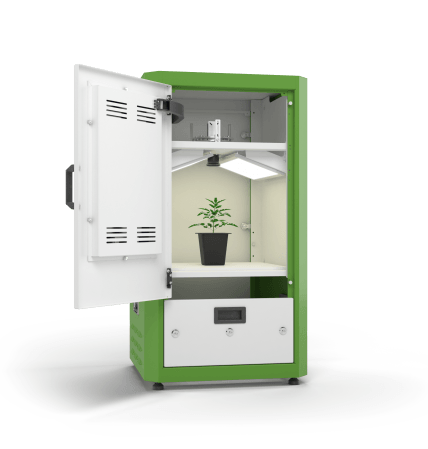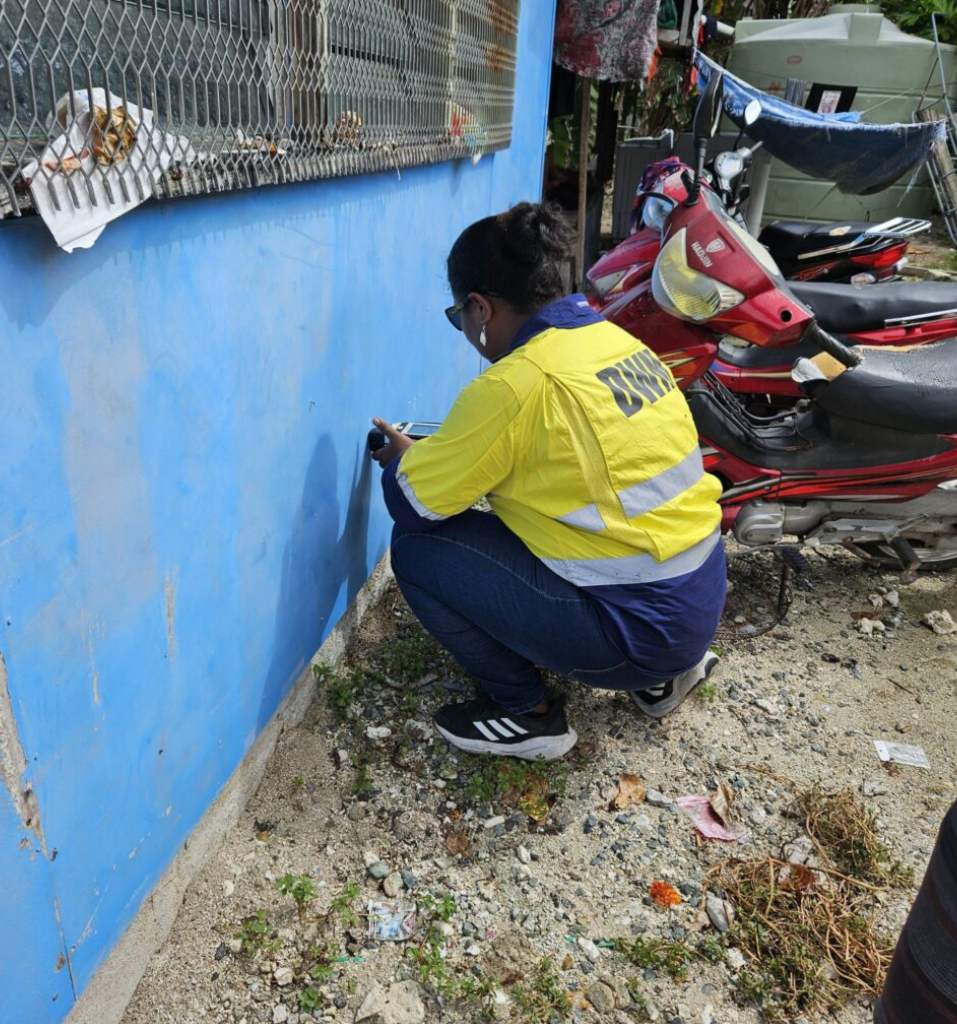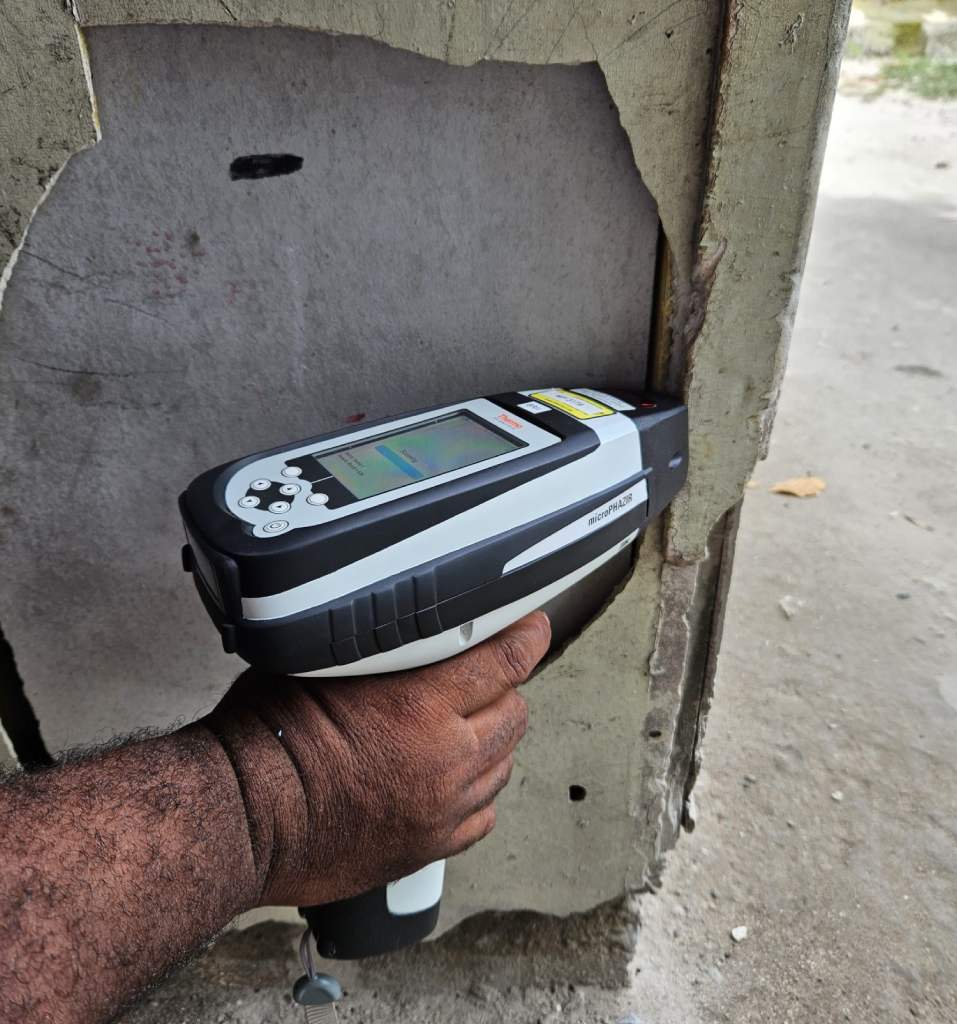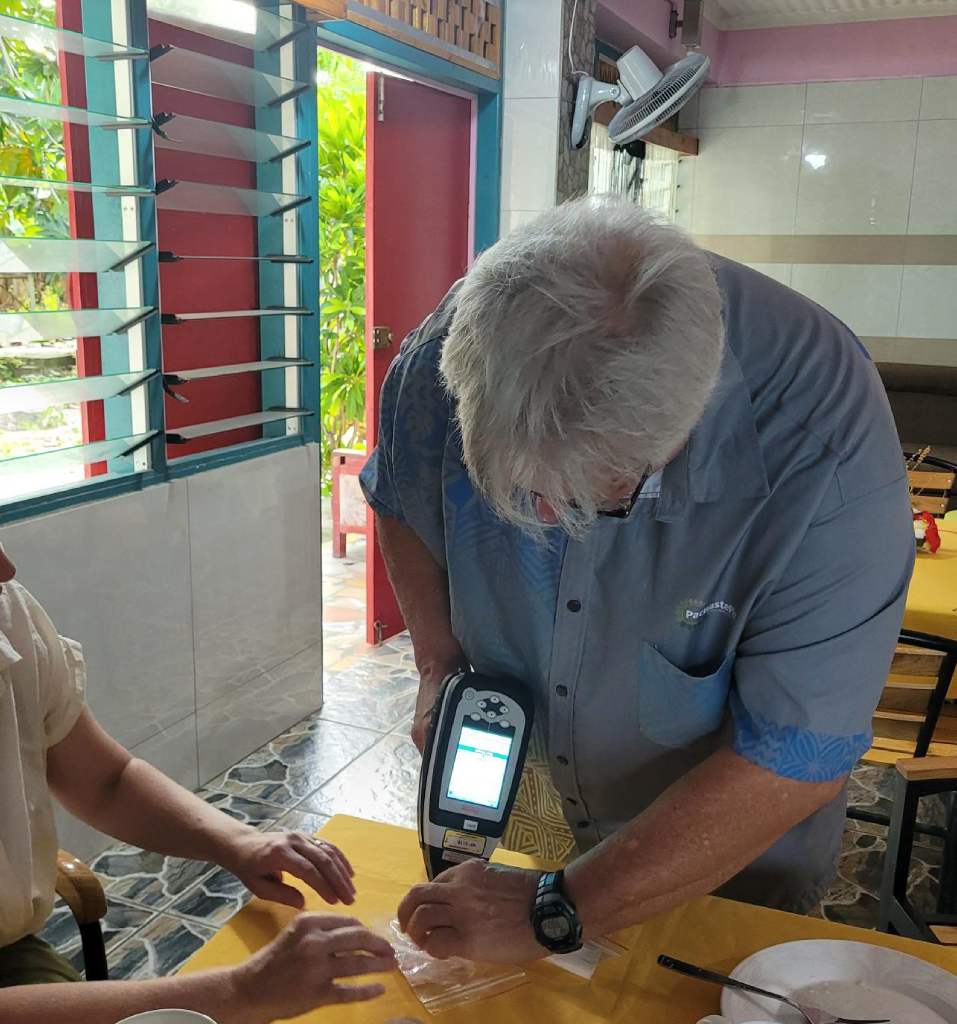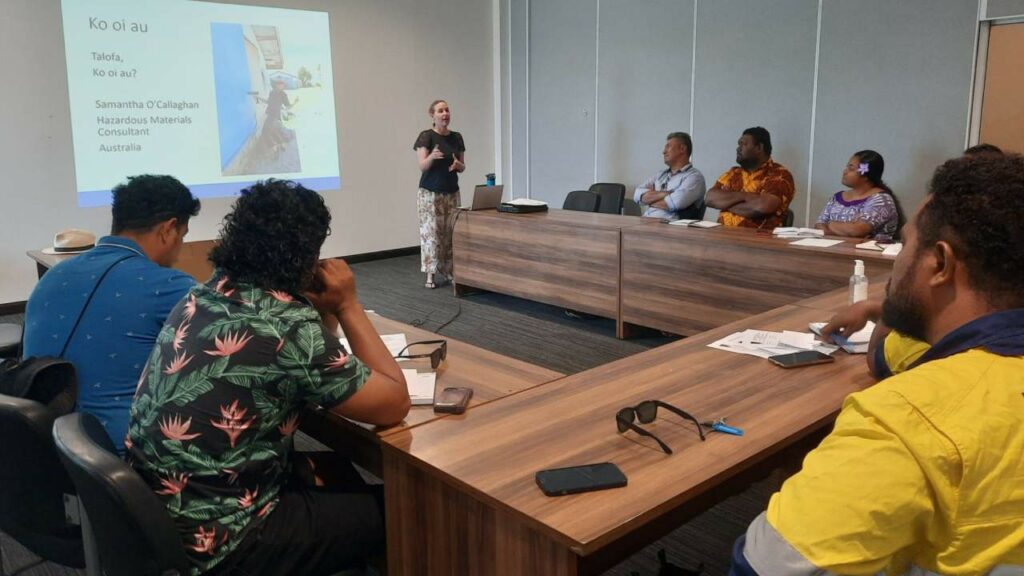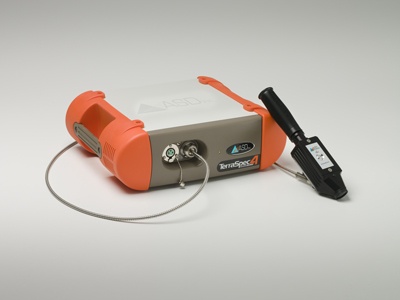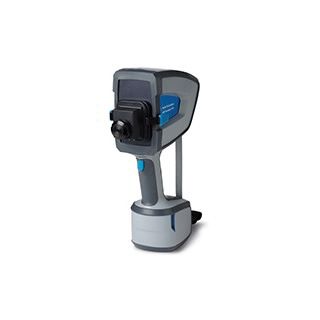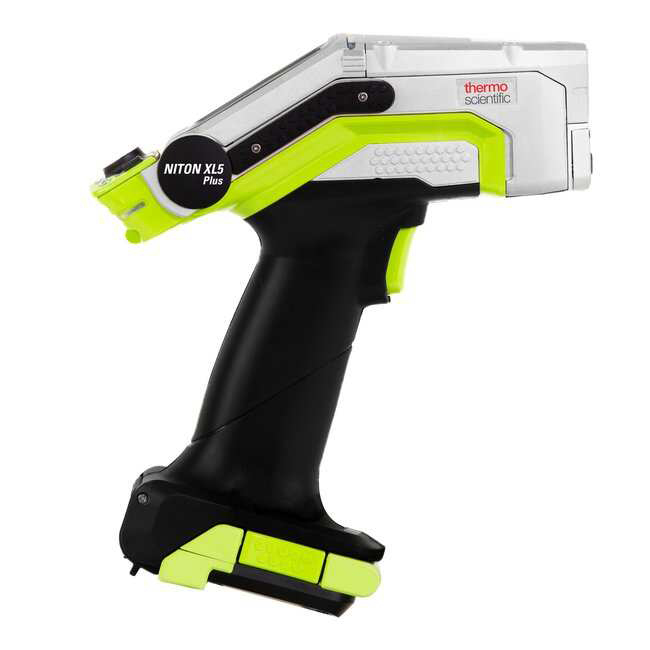Mineral analysis laboratories have long played a critical role in the mining exploration process.
Supporting both greenfield and brownfield activities, the data they produce has informed everything from investment decisions to production design. And, with mining being such big business here in Australia, the economic impact of their output can be enormous.
However, over recent years, there has been an increasing interest in finding reliable alternatives to lab testing. In particular, there has been a push to identify solutions that support on-site analysis and provide reliable, credible data quickly and more cost-effectively.
Are There Portable Analysis Solutions for Testing Minerals?
Tools that can support on-site chemical analysis have been in use in some environments, like defence and agriculture, since the late 1990s. However, as the data they produced was of a notably lower quality than what could be achieved through lab testing, adoption was limited.
Thankfully, this technology has advanced significantly over the last couple of decades. As a result, the quality of analysis that can be carried out using handheld tools is now on par with lab testing.
Limitations of Lab Testing
While lab testing of mineral samples provides many benefits, it also presents some challenges for modern mining exploration operations.
Inconvenient Sample Preparation
Most significantly, samples need to be collected, prepared, and sent to the lab for analysis. Depending on the number of samples required, this can be an extremely time-consuming process. It can also take weeks for samples to be analysed and results to be provided, which inhibits the speed of exploration activities.
High Cost for Results
There is also a cost associated with both the preparation and analysis of each sample. This makes quantitative analysis a prohibitively expensive exercise, particularly across larger areas, and means exploration efforts need to be quite targeted. This is further exacerbated by the limited capacity of most labs, which generally cannot be scaled up to meet increased testing requirements.
Destructive Testing
Most lab testing is also destructive, which means that the sample is damaged as part of the analysis process. While the amount of material destroyed is generally nominal when compared to the total deposit volume, this wastage still adds to the overall cost of lab testing activities.
How Portable Analysis Compares
As the quality of data produced by portable analysis tools has increased, the other benefits these solutions provide have become more obvious. In particular, the ability to conduct testing in the field has helped significantly speed up the exploration process.
Instant and Cost-Effective Results
As results are available almost instantly, testing what would take weeks in a lab can now be completed in just seconds in the field.
Portable analysis is also much more cost-effective than lab testing. Once you have invested in obtaining the required equipment, the ongoing operation and maintenance costs are minimal. This means that, the more you use a portable analysis tool, the lower the cost per test.
In addition to being financially beneficial, this makes quantitative analysis, even over larger areas, a much more appealing prospect.
Unlimited Analysis
The number of tests you can complete using a portable analysis tool is virtually unlimited, allowing you to broaden the scope of your exploration activities. Most tools also support increasingly targeted testing, which means you start by casting the net wide, and allow the data to guide your efforts.
Non-Destructive Testing
Portable testing methods are also non-destructive. This means that samples do not need to be extracted or prepared before the analysis can be carried out. It also reduces wastage, further bringing down the cost of your exploration activities.
Introducing Near-Infrared Spectroscopy (NIR)
There are several portable mineral analysis technologies that can be used to support exploration activities, with each better suited to certain applications. Among these, Near-Infrared Spectroscopy, or NIR, stands out for its rapid, reliable results and wide range of applications.
As the name suggests, NIR technology makes use of wavelengths that are near the infrared region on the electromagnetic spectrum. This section of the spectrum is considered to have several key attributes that make it ideal for analysing solid, liquid, and gas samples.
Light in this range (around 350 nm – 2,500 nm) reacts to certain chemical bonds to different degrees. As such, when it is directed at samples with minerals made up of these bonds, some of it will be absorbed and some of it will be reflected. Exactly what is absorbed will depend on the chemical makeup of the sample.
NIR technology measures these varying absorption rates and uses them to identify the composition of a sample. It also analyses the intensity of the reflected light to determine the concentration of key minerals.
Within the mining exploration context, NIR is the best choice when speed and quantity are the priority. NIR tools allow you to quickly develop a picture of the main minerals present across a large area. They can also measure the moisture content and identify air pockets, which can help inform calculations of the deposit value and optimal processing method.
Choosing the Right NIR Device
As portable NIR tools have evolved, adoption of the technology has increased significantly, and it is now widely used across several fields. A range of different devices have also been developed to suit the various applications of this analysis method. As such, it is important to make sure you choose a device that is designed for how you plan to use it.
The ASD TerraSpec 4 Hi-Res
If you are looking for a device to support your exploration activities, the TerraSpec 4 Hi-Res is for you.
Trusted by top geologists, this rugged tool uses full-range near-infrared technology to analyse geological composition quickly and accurately. With standard and high-resolution options available, it is suitable for both mineral exploration and production quality assurance applications.
For more information on how NIR technology could help you reduce your reliance on mineral analysis laboratories, or to order your own TerraSpec 4 Hi-Res analyser, contact the PAS team today.
If you would like to try before you buy, we also offer a wide selection of portable analytical solutions for rent. All of our equipment is maintained by factory-certified engineers and comes with expert training and technical support.
